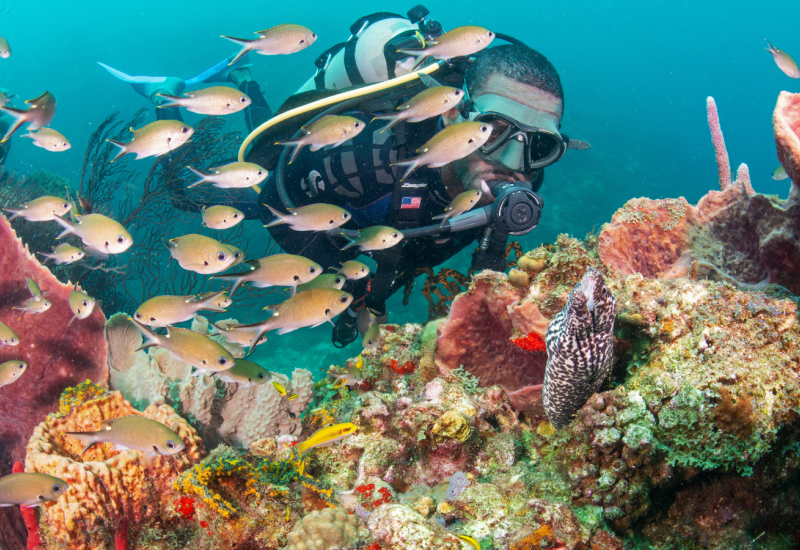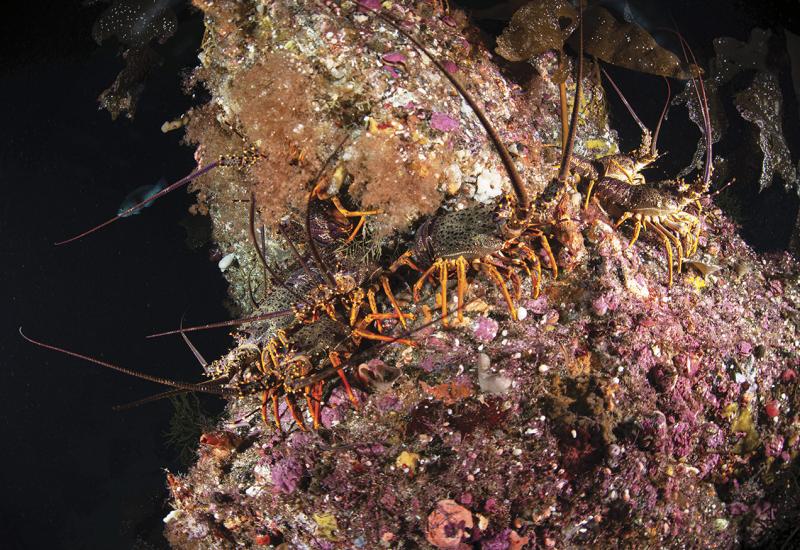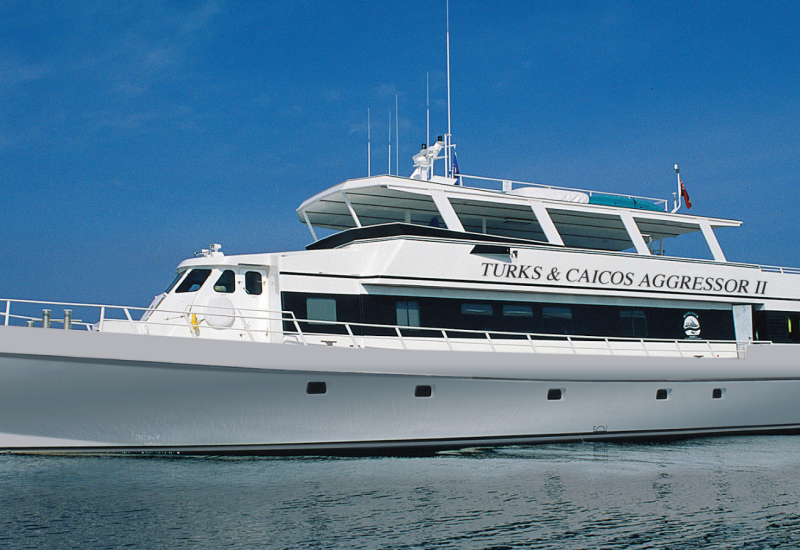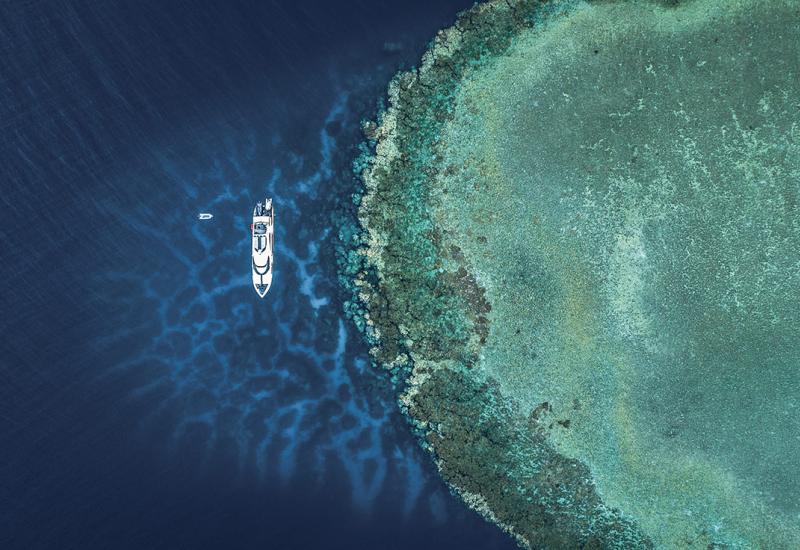Micronesia

Micronesia - literally, "small islands" - is the aptly-named archipelago sprawled across hundreds of thousands of square miles of the western Pacific. If you could mush all these islands together, you'd have a landmass smaller than Rhode Island, but its coastline would be considerably longer than Mexico's.
And though the islands are physically small, they represent a variety of diving opportunities unparalleled on the planet. From reefs to wrecks, drift diving to shore diving, macro critters to encounters with huge pelagics, Micronesia offers something for every diver.
Chuuk (Truk) It's no surprise that this enormous 50- by 30-mile lagoon, among the world's largest, was deemed an attractive, strategic location for the Empire of Japan to place its main naval base in the Pacific during World War II. From here, attacks were launched against allied forces in the Solomons and New Guinea. In 1944, the United States retaliated against the Japanese with Operation Hailstone, sinking dozens of warships and merchant vessels, and destroying hundreds of aircraft. This scene of great tragedy is now a dramatic backdrop for divers, who come here to dive on one of the greatest concentrations of diveable shipwrecks on earth, nearly 70 in the lagoon alone.
Land-based dive operations visit Chuuk's most popular wrecks on a daily basis. Many divers opt for the convenience of live-aboards based in the lagoon to maximize their diving potential. All operations also offer occasional trips to the outer reef for exploratory shark dives.
Guam For most divers making their pilgrimage to Micronesia, Guam is little more than a stepping stone on their way to Palau, Yap and Chuuk. Shame on them! The largest island in Micronesia in both area and population, Guam offers divers the most developed tourism infrastructure in the region, with dozens of hotel, restaurant, nightlife and topside options, as well as some very unique diving opportunities. Although it's the longest-held U.S. territory in the western Pacific - it became a possession after the 1898 Spanish-American War - you're much more likely to encounter Japanese tourists strolling past the Hagatna commercial district's duty-free and haute couture shops than Americans, despite the large military presence. The scene is a far cry from a little more than six decades ago, when the island was the scene of intense fighting; it was captured by Japanese forces in 1941 and recaptured by U.S. troops in the Battle of Guam in '44.
The island boasts nearly 1,000 species of fish, 400 varieties of corals and 1,400 species of mollusks on more than 20 documented dive sites, primarily scattered along Guam's leeward edge, as well as wrecks from two World Wars sitting adjacent to each other in Apra Harbor - the Tokai Maru and SMS Cormoran - which you can explore on a single tank.
Yap Perhaps no other island in the western Pacific so embodies the traditional Micronesian culture like Yap, where you'll find "stone money" in front of village meeting houses, and it's not uncommon to see bare-breasted women walking around. But the island group boasts more than its fascinating culture. It is best known among divers as a place to encounter large manta birostris, or manta rays. These acrobatic animals can be found consistently in Yap's channels between December and April, their mating season. Yap also has plenty of other logbook-worthy dive experiences - including shark encounters, caverns, walls and special twilight dives to observe the elusive mandarinfish - and its barrier reef is among the healthiest in the Pacific. An added plus is its visibility, consistently over 100 feet, making it easy to spot passing sharks or dolphins.
Divers quickly become familiar with Mi'il and Gofnuw channels where most of the big manta action take place. But there are more than 30 dive sites ringing the main island, including reefs, passes and drop-offs.
Weather: Tropical and humid with daytime temperatures in the mid- to high 80s. Nighttime temps can drop to the mid- to low 70s.
Average Water Temp: Consistently in the high 70s to mid-80s all year.
Average Visibility: More than 100 feet of vis is not uncommon off Palau, Saipan and Rota, off Pohnpei and Kosrae's outer reefs and on Yap's wall dives. Vis can be slightly lower in Truk lagoon and on manta dives in Yap.
Entry Documents: A passport is recommended for U.S. citizens, but a birth certificate and photo ID are accepted. Each island airport has its own customs and immigration officers. If you plan on visiting several islands on one trip, you will be passing through customs and immigration lines at each stop.










